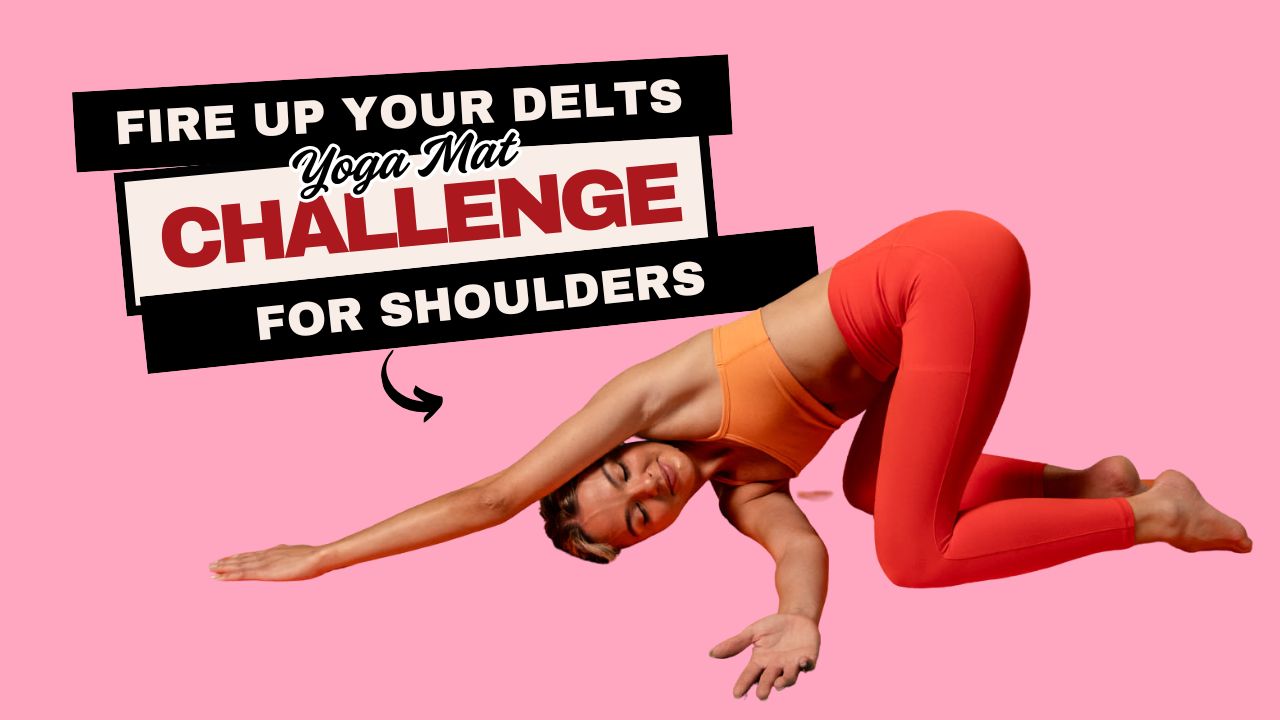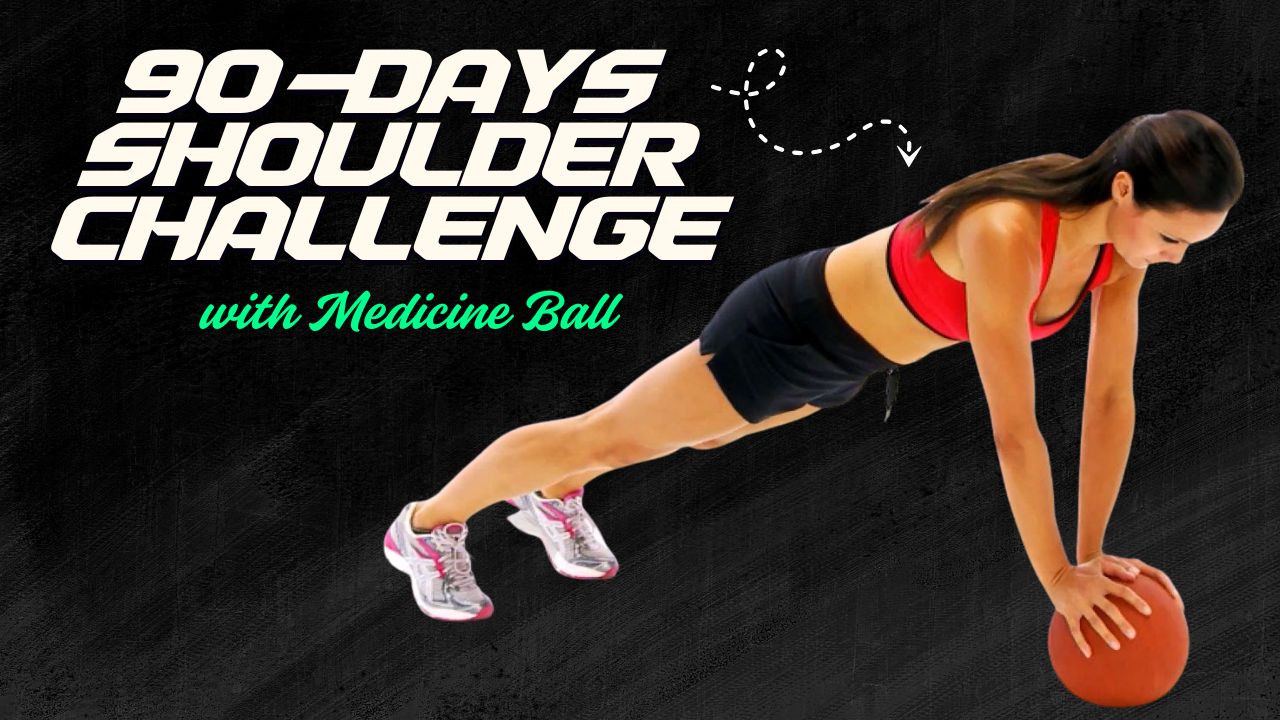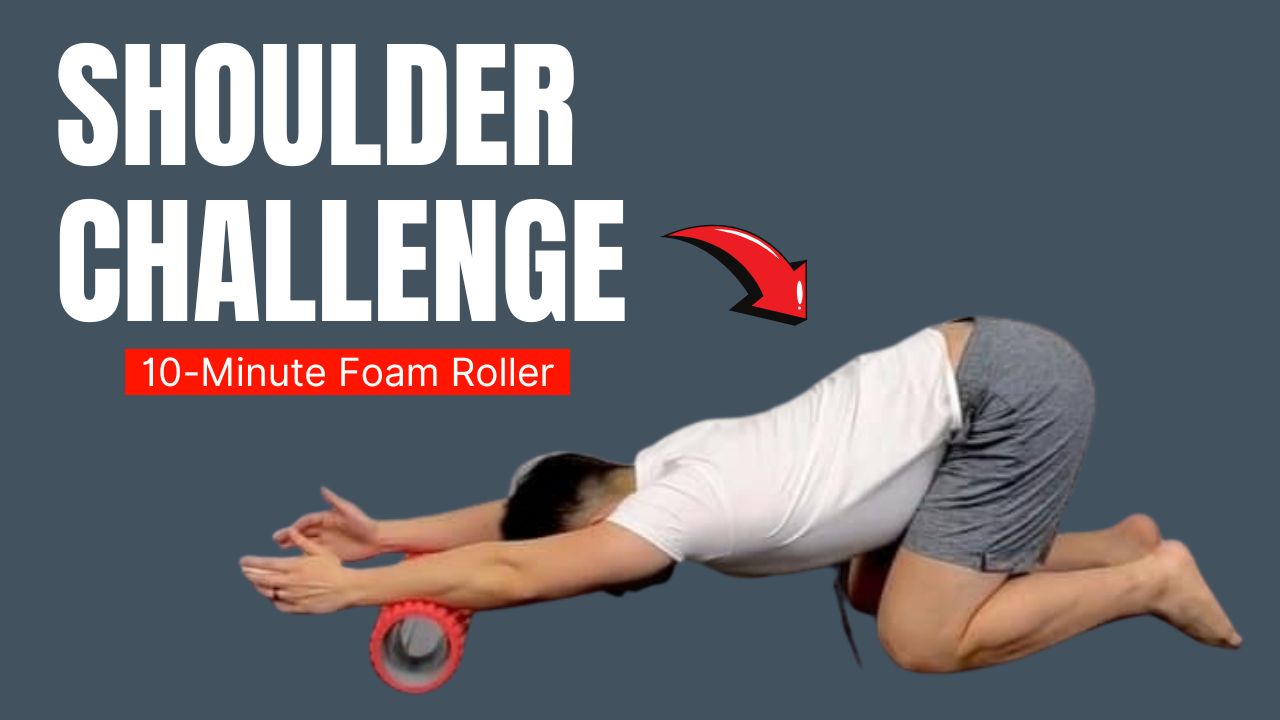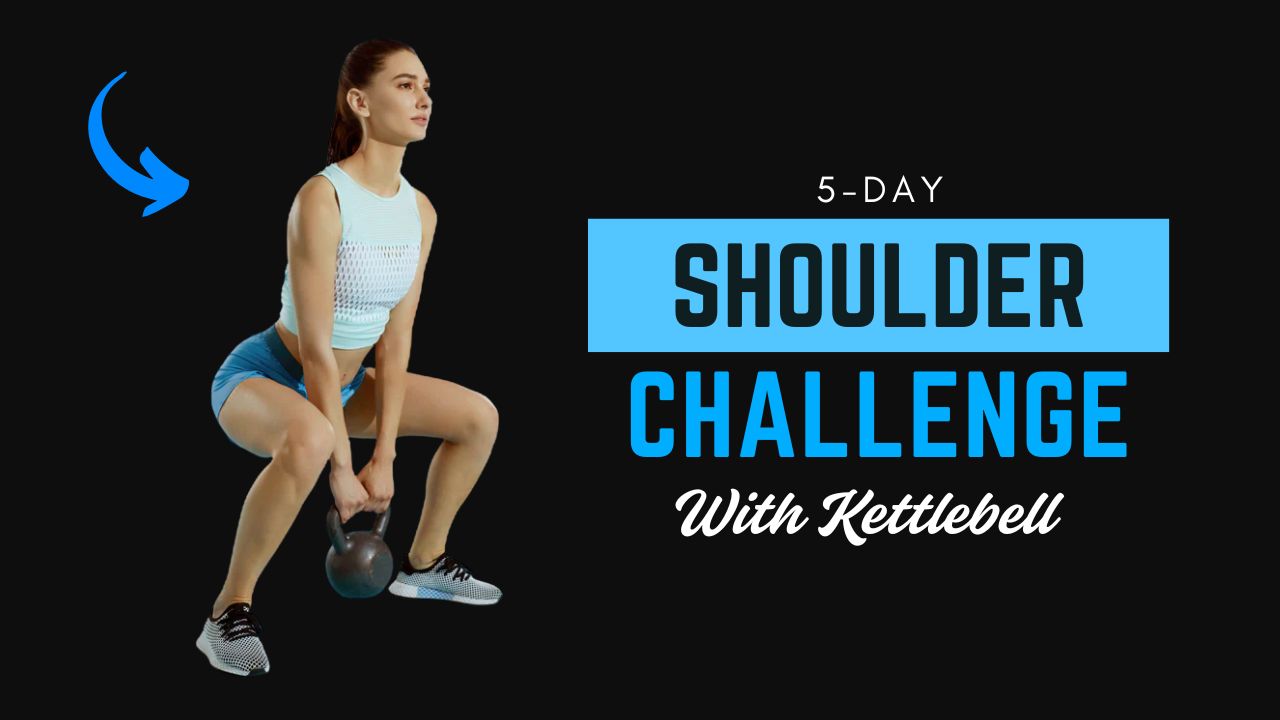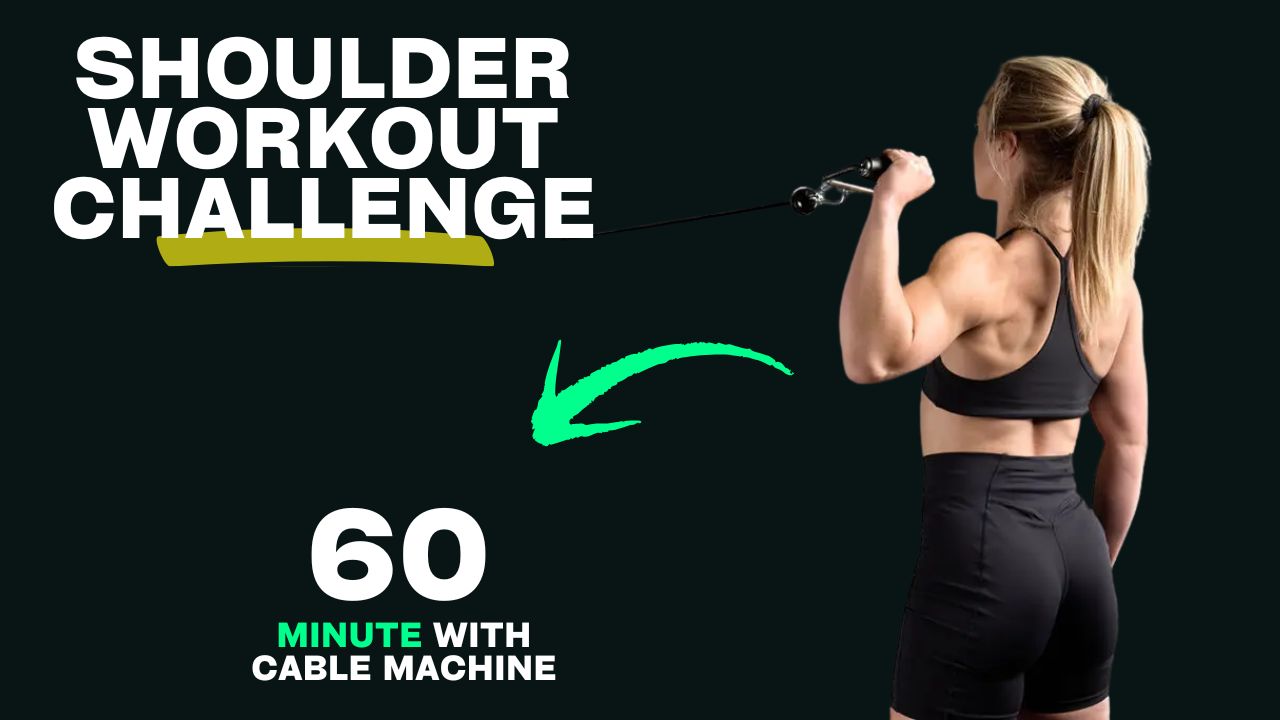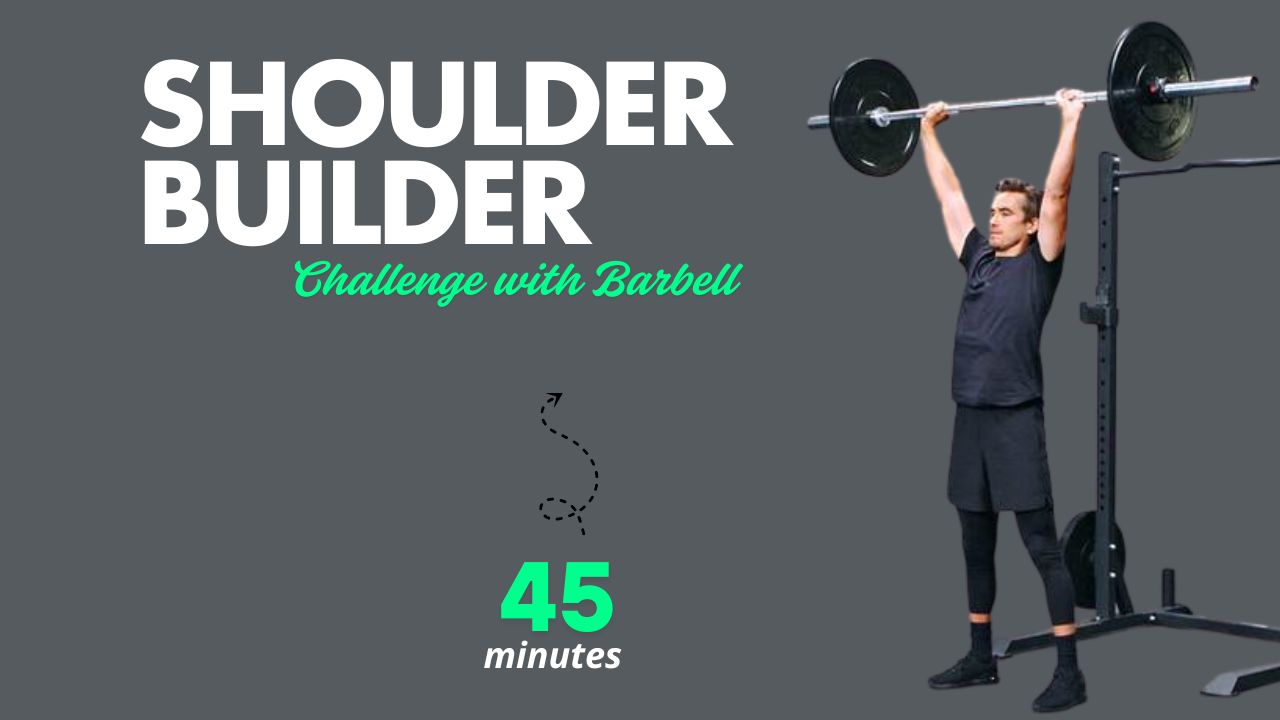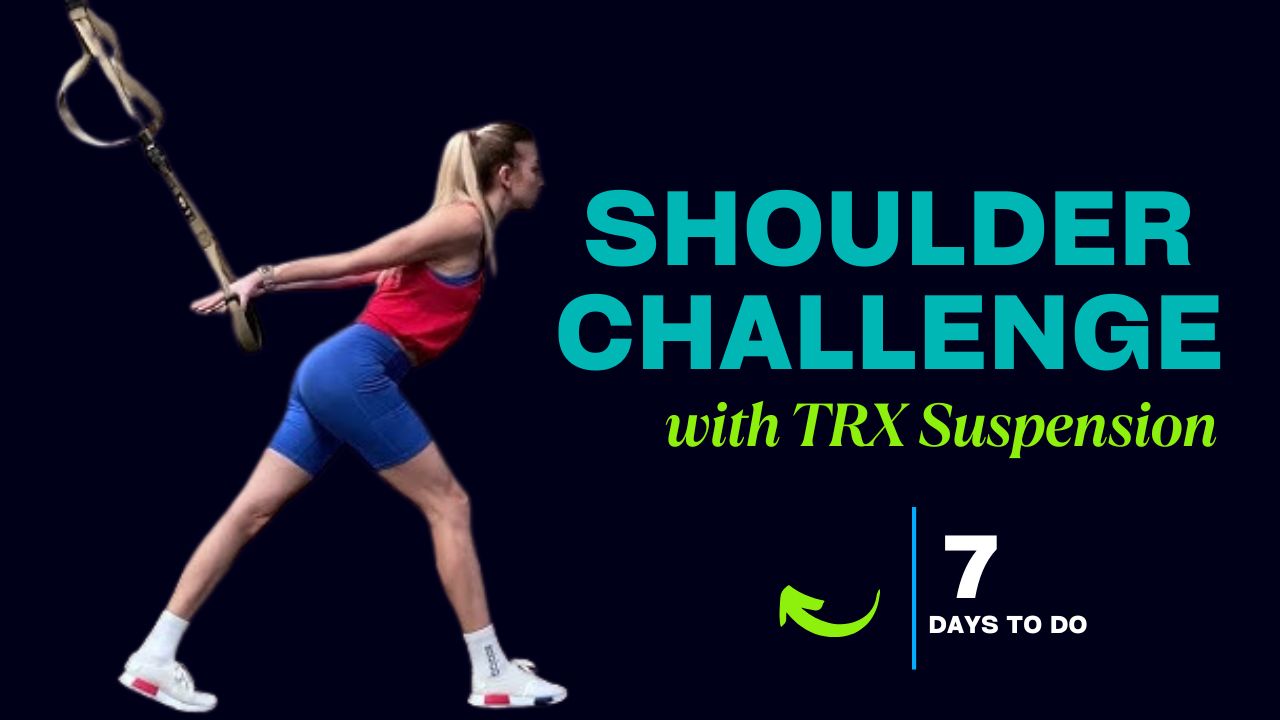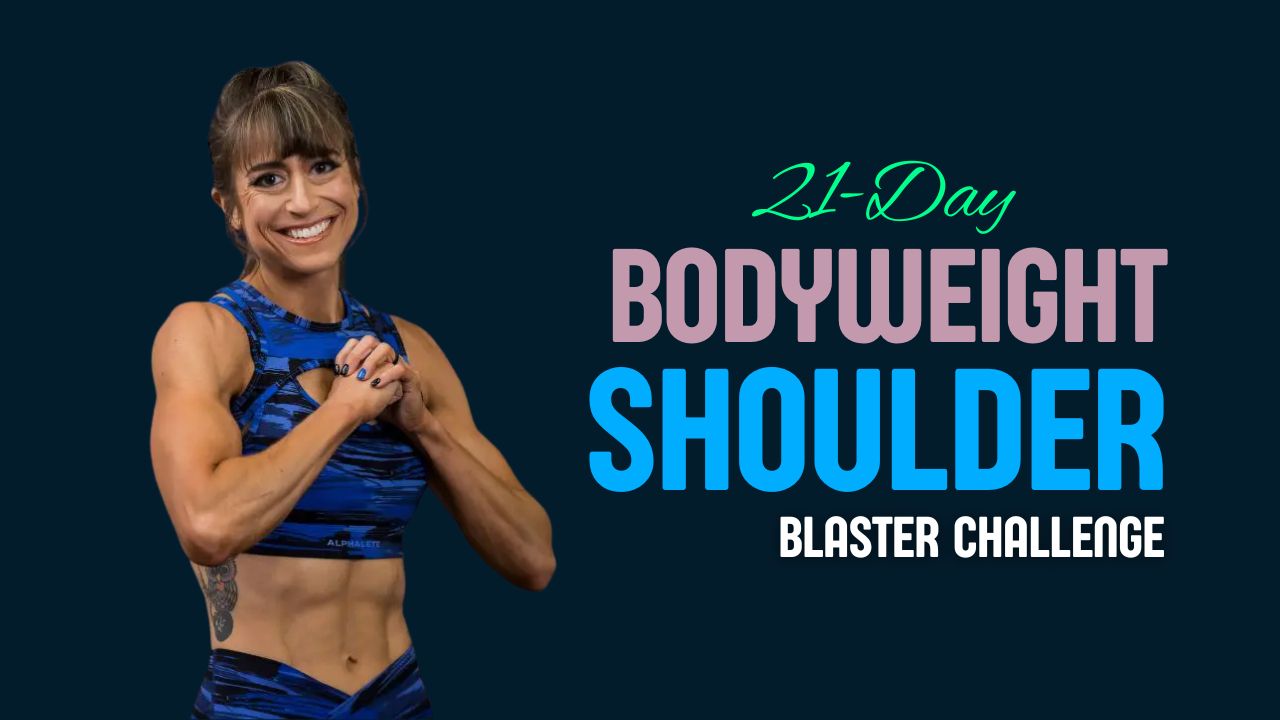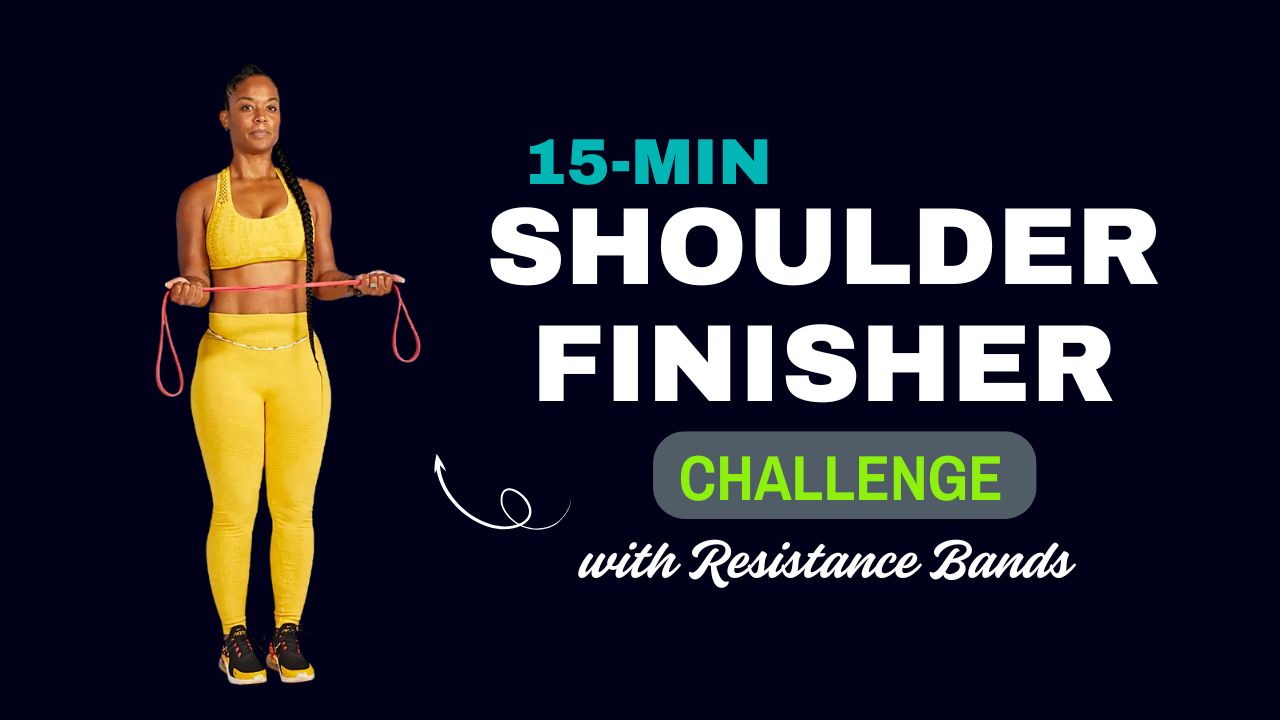If you think explosive strength is all about your arms and legs, think again. The secret to raw power in sports, lifting, and daily movement lies in a strong, functional back.
Yet, most people neglect it — either due to lack of equipment or the belief that heavy gym machines are the only way to train it.
Here’s the good news: you can sculpt a powerful, athletic back anywhere with just resistance bands — no gym required.
In this 21-day back circuit challenge, you’ll target every major muscle group in your back, improve posture, boost pulling strength, and build explosive power that carries over into every activity from sprinting to lifting groceries.
Do you know?
Studies show that resistance band training can activate muscle fibers just as effectively as free weights, while putting less strain on joints and reducing injury risk.
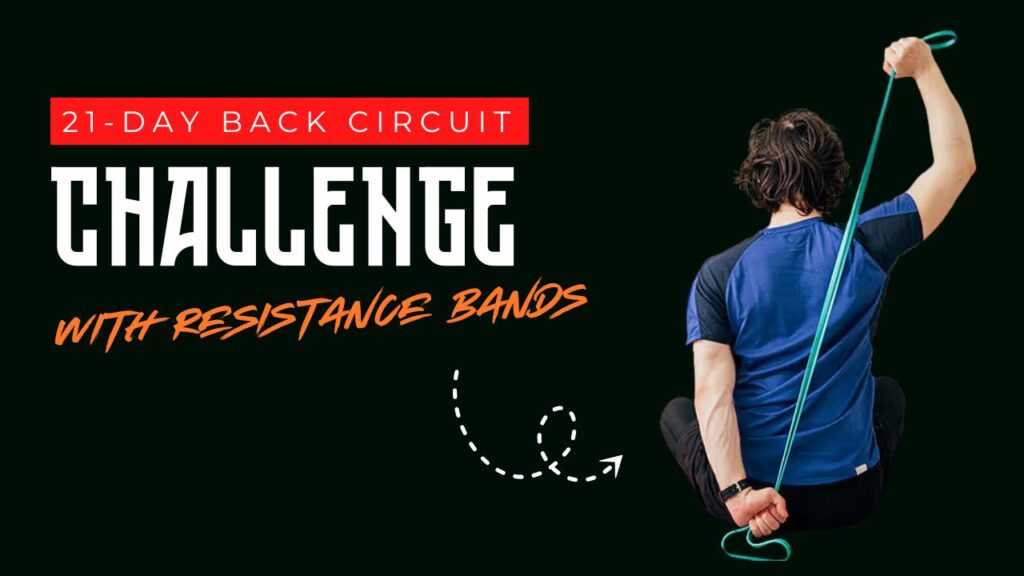
Table of Contents
Why Train Your Back with Resistance Bands?
- Versatility – Easily target different angles and muscles.
- Progressive overload – Adjust resistance simply by changing your stance or band thickness.
- Joint-friendly – Smoother resistance curve compared to weights.
- Explosive strength development – Perfect for speed and power-based movements.
- Posture correction – Strengthens the often-overlooked rear delts, traps, and rhomboids.
Myths vs Facts About Back Training
| Myth | Fact |
|---|---|
| You need heavy barbells to grow your back | Resistance bands can produce similar muscle activation levels |
| Back workouts are only for bodybuilders | A strong back improves athletic performance, posture, and injury prevention |
| You must train back every day to see results | 2–3 quality back sessions per week is enough for strength and growth |
What Can Happen After 30 Days of This Challenge
| Potential Result | Explanation |
|---|---|
| Improved Back Strength | Consistent resistance band training activates and strengthens the lats, traps, rhomboids, and erector spinae muscles. |
| Better Posture | Strengthening the upper and mid-back muscles helps pull the shoulders back and align the spine. |
| Increased Explosive Power | Training with resistance bands enhances fast-twitch muscle fiber recruitment for quicker, more powerful pulling movements. |
| Enhanced Muscle Definition | Reduced fat in the back area combined with muscle growth can make the back look more toned and athletic. |
| Greater Core Stability | Engaging the core during each exercise improves balance and reduces risk of lower back pain. |
| Reduced Shoulder and Neck Tension | Strengthening supporting muscles can alleviate strain from poor posture or prolonged sitting. |
| More Functional Strength | Daily activities such as lifting, carrying, and pulling become easier and more efficient. |
Do’s and Don’ts for the 21-Day Back Circuit Challenge
| Do’s | Don’ts |
|---|---|
| Warm up your shoulders, arms, and back before starting each workout | Skip warm-ups — it increases risk of injury |
| Maintain controlled movements through the entire range of motion | Snap the band quickly, which can cause joint strain |
| Choose the right resistance band that challenges you but allows proper form | Use a band so heavy that your form breaks |
| Keep your core engaged during all exercises for stability | Let your lower back arch excessively during movements |
| Progressively increase resistance or reps every week | Stick to the same resistance without progression |
| Focus on mind-muscle connection, especially in the lats and traps | Rush through reps just to finish quickly |
| Allow at least 48 hours of rest before training back again | Train your back intensely every day without rest |
| Stretch your back and shoulders post-workout for recovery | Ignore post-workout stretching, leading to tightness |
The 21-Day Back Circuit Challenge – How It Works
This program runs for 21 days with workouts every other day, giving your muscles time to recover and grow.
- Day 1 → Workout
- Day 2 → Rest / Light mobility
- Day 3 → Workout
- Repeat for 21 days.
Each session will be a circuit of 7 resistance band back exercises. You’ll move from one exercise to the next with minimal rest, then repeat the circuit 2–3 times.
The Exercises That You Need To Do
Below is your back-strengthening arsenal. Each exercise includes:
- Description – Why it’s effective and which muscles it targets.
- How to – Step-by-step instructions.
1. Resistance Band Bent-Over Rows
Description: A foundational back builder that targets the lats, rhomboids, and traps. Great for developing thickness and pulling strength.
How to:
- Stand with feet shoulder-width apart, resistance band under your feet.
- Hold the handles/ends with palms facing in.
- Hinge forward at the hips until your torso is at about 45 degrees.
- Pull the bands towards your waist, squeezing your shoulder blades together.
- Slowly return to the starting position.
2. Single-Arm Resistance Band Rows
Description: Works each side independently, improving muscle balance and preventing strength imbalances.
How to:
- Anchor the band at chest height.
- Stand facing the anchor with one hand holding the band.
- Step back for tension.
- Pull the band toward your torso, keeping elbow close to your body.
- Slowly release back.
3. Lat Pulldown with Resistance Band
Description: Mimics the gym lat pulldown machine, ideal for building width in your back.
How to:
- Anchor the band overhead.
- Sit or kneel beneath the anchor point.
- Grip both ends of the band with palms facing forward.
- Pull down towards your upper chest, keeping elbows tucked.
- Slowly release.
4. Face Pulls with Resistance Band
Description: Targets rear delts and traps, crucial for posture and shoulder health.
How to:
- Anchor the band at face height.
- Hold ends with palms facing down.
- Step back to create tension.
- Pull the band toward your face, elbows high and wide.
- Pause, squeeze shoulder blades, then return slowly.
5. Resistance Band Deadlifts
Description: Engages the entire posterior chain – lower back, glutes, and hamstrings – for power and stability.
How to:
- Stand with feet shoulder-width apart, band under feet.
- Hold ends with palms facing your body.
- Hinge at hips, keeping back flat.
- Drive through your heels to stand tall, squeezing glutes.
- Lower under control.
6. Seated Resistance Band Rows
Description: Excellent for mid-back development and posture correction.
How to:
- Sit on the floor with legs extended.
- Loop the band around your feet.
- Hold ends with palms facing each other.
- Pull towards your torso, squeezing your shoulder blades.
- Return slowly.
7. Resistance Band Reverse Fly
Description: Strengthens rear delts and upper back for balanced shoulder development.
How to:
- Stand on the band or anchor it at a low height.
- Hold ends with palms facing each other.
- With a slight bend in the elbows, raise arms out to the sides until parallel to the floor.
- Lower slowly.
21-Day Back Circuit Workout Table
| Day | Exercises | Sets | Reps | Rest |
|---|---|---|---|---|
| 1, 3, 5, 7, 9, 11, 13, 15, 17, 19, 21 | All 7 exercises above | 2–3 | 12–15 per exercise | 30 sec between exercises, 1–2 min between circuits |
Additional Tips for Maximum Gains
- Progressive Resistance – Use thicker bands or step further from the anchor over time.
- Control the Movement – Avoid snapping the bands; controlled tension builds more strength.
- Include Core Work – A strong core supports a stronger back.
- Recovery Matters – Stretch after each workout and ensure proper sleep.
Final Word:
Your back is more than just a muscle group — it’s the powerhouse that supports almost every move you make.
With just a resistance band and 21 days of focused effort, you can unlock explosive strength, better posture, and the kind of athleticism that turns heads. Stick to the challenge, trust the process, and your back will thank you for years to come.
Frequently Asked Questions (FAQs)
Can resistance bands really build back muscle like weights?
Yes. Studies show that resistance bands can activate your back muscles as effectively as free weights, especially when you train with proper form and enough resistance.
How many days a week should I train my back for best results?
In this 21-day challenge, you’ll train your back every other day (about 3–4 times per week) to allow recovery while building strength.
What resistance band should I use for this program?
Choose a medium to heavy resistance band that allows you to complete 12–15 reps with good form but still feels challenging on the last few reps.
Can beginners do this 21-day challenge?
Absolutely. Beginners can start with lighter bands, fewer sets, and focus on mastering the form before increasing resistance.
Will this challenge help improve my posture?
Yes. Many of the exercises target the mid and upper back muscles, which help pull your shoulders back and align your spine for better posture.
Do I need an anchor point for all the exercises?
No. While some moves (like lat pulldowns or face pulls) benefit from an anchor, others can be performed by stepping on the band or looping it around your feet.
How long should each workout take?
Each session should take about 20–30 minutes, depending on your rest time between circuits.
Can I combine this challenge with other workouts?
Yes. This program can be paired with leg, chest, or core workouts on alternate days, as long as you allow your back to recover.
How will I know if I’m progressing?
Track improvements in reps, resistance level, and how easily you can complete the circuits. Visible back definition and better posture are also signs of progress.
What should I do after the 21-day challenge ends?
You can increase resistance, add advanced variations, or extend the program to 6–8 weeks for continued gains.
